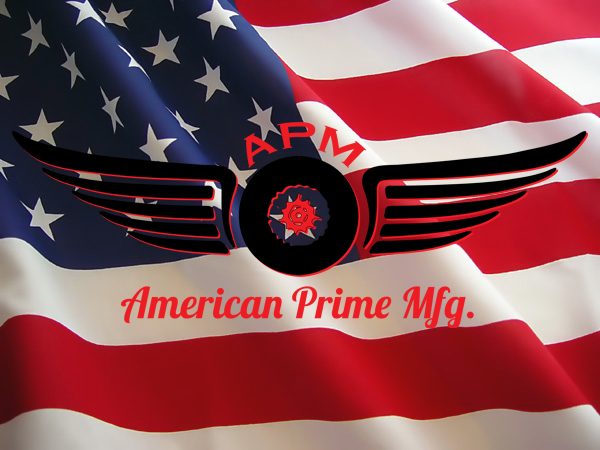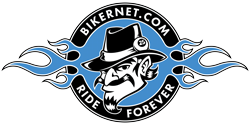 It all started in 1903 or there abouts…
It all started in 1903 or there abouts…
The motor company went through a number of changes over the years with the way they transferred the power from the motor/transmission to the rear wheel. The one most commonly know looked like this:
Now, this clutch may have been the bad ass doohickey in the day, (and while there are still bikers out there that swear this clutch is the best), it just ain’t!
That old style stud and coil spring clutch had three major disadvantages that a diaphragm clutch doesn’t have.
- The more you compress the coil springs to engage better, the harder it is to pull in the clutch lever in.
- The friction plates ride up and down on the studs about approx. 1/4″ and wear grooves in the studs creating a hang up.
- The needle bearings are trapped in a stamped steel retainer that is so sloppy it lets the clutch hub wiggle and wobble so the friction liner on the rear of the hub it tends to contact the rar of the clutch basket and that’s when the bike pulls you through a stop sign with the clutch pulled in!
Diaphragm Spring technology just works better. It’s easier on the wrist, it holds more power and it is infinitely easier to adjust.
 1056-0002
1056-0002
Diaphragm spring makes it easy to pull in the lever and completely engages and disengages the clutch so its easier to get into neutral and easier to get into gear. This one’s for you!
FITS ALL PRE-EVO BIG TWINS (1936-84) WITH EARLY DRY STYLE CLUTCH.
–Ben Kudon
http//www.americanprime.com

